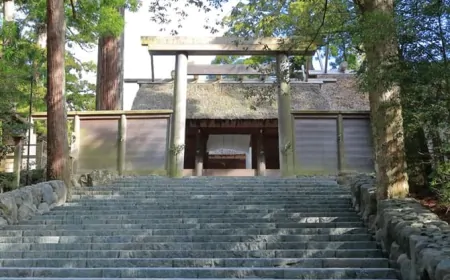Festivals of the year in Japan

February:
The bean-throwing festival (Setsubun): Setsubun is held around February 3 or 4, which marks the end of winter according to the old Japanese lunisolar calendar. People would throw beans around the house to stave off bad luck while praying “Demon out! Lucky to invite in!” (oni wa soto, fuku wa uchi).
Hatsu-uma: A day celebrated to pay homage to Inari, the god of prosperity and agriculture. Vibrant festivals are held at Inari jinja (the shrine of Nong) across the country. In some places sweet rice cakes (Omochi) are thrown into the crowd.
March:
Doll Festival (Hinamatsu): A festival to pray for the health of girls. People decorate their homes with Hina dolls, they offer Hina dolls white sake, arare mochi rice cakes with vibrant colors, and peach blossoms.
Higan: A week-long holiday at the end of March, in the 3 days before and after the spring equinox, people often visit graves or have activities to commemorate deceased relatives and ancestors.
April:
Flower viewing festival (Hanami): From the end of March the cherry blossoms begin to bloom, people often go for walks and hold outdoor parties under the cherry blossoms. In Tokyo, the cherry blossom season is in early April and lasts about 1 week.
Opening Ceremony (Nyugaku Shiki): In the new school year in April, the school holds an opening ceremony for children to come to school. Parents and family members usually dress politely on this day.
Buddha's Birthday (Kanbutsu/Hana Matsuri): The celebration of the birth of Shakyamuni Buddha in Japan is celebrated on April 8. People often visit temples to pay respects to Buddha.
Golden Week: From April 29 (Showa Day) to May 5 (Children's New Year) is called golden week. This time also includes the anniversary of the Constitution (May 3) and Greenery Day (May 4).
May:
Children's Day (Tango no Sekku): Celebrated on May 5 to pray for healthy boys to grow up. Carp flags decorated on the roofs are a common sight at this time.
June:
Rainy season (tsuyu or baiu): Beginning around late spring, the area from northern Kyushu to Kanto, lasts from June to mid-July. Many festivals are held during this time, such as : Gion Festival (Kyoto) from July 1 to July 31; Tenjin Festival (Osaka) from July 24 to July 25.
July:
Star Festival – Niu Lang Zhi Nu (Tanabata): Held on 7/7. People often write prayers on a small piece of colorful paper and hang them on bamboo branches to decorate
Vu Lan Festival: A Buddhist festival to pay respects to the spirits of ancestors and relatives. passed away. Many families decorate the altar with special decorations and invite priests to chant for the deceased.
Summer vacation (Natsu Yasumi): Usually schools will have a summer vacation that lasts from the end of July to the end of August.
Obon vacation (return to hometown): Many companies allow employees to take a break to visit their parents and relatives. relatives in the countryside. At this time, traffic jams and the number of people participating in all routes of the traffic network are extremely large.
September:
Autumn equinox (Aki no higan): Lasts a whole week at the end of September for three days before and after the Autumn equinox
Moon-viewing (Tsukimi): Festival to enjoy the beauty of the autumn sky held according to the lunar calendar old Japanese sun on August 15 and September 13, which is now equivalent to mid-September and mid-October. The moon viewing area is usually decorated with reeds, traditional food, and round dumplings. (moon cake), chestnuts and sake.
Movement Festival: The Olympic Games were held in Tokyo on October 10, 1964. In 1966, the Saturday and Monday of October became Sports Day. On this day or this time, many schools and factories in the city organize exciting all-day sports festivals that include many games: athletics, dance, gymnastics, etc.
November:
Shichi-Go-San (“seven-five-three”): On November 15, three- and seven-year-old girls and five-year-old boys dress in their best clothes and are taken to visit the shrine. The festival is to thank and pray for your children to grow up healthy.
December
Bonenkai: In December people gather with colleagues and friends in clubs and social groups in Bonenkai for year-end parties to forget the troubles and troubles of the old year. There they ignore all distinctions of society, social rank and join together to eat and drink in an equal relationship.
Kotohajime (beginning): From December 13 is the time of kotohajime custom, this time people begin to prepare for the New Year by cleaning the house. They clean altars and other religious materials, and purchase the necessary materials to make sweet rice cakes (mochi) and other seasonal dishes.
Christmas: Currently, Christmas in Japan is widely celebrated as a commercial activity. On this day, children are excited to give gifts, many families even buy many Christmas decorations in the house.
-------------------
Injavi.com - Visit Japan | Visit in Japan
Guide to living, studying and working in Japan
Related Products





































































































